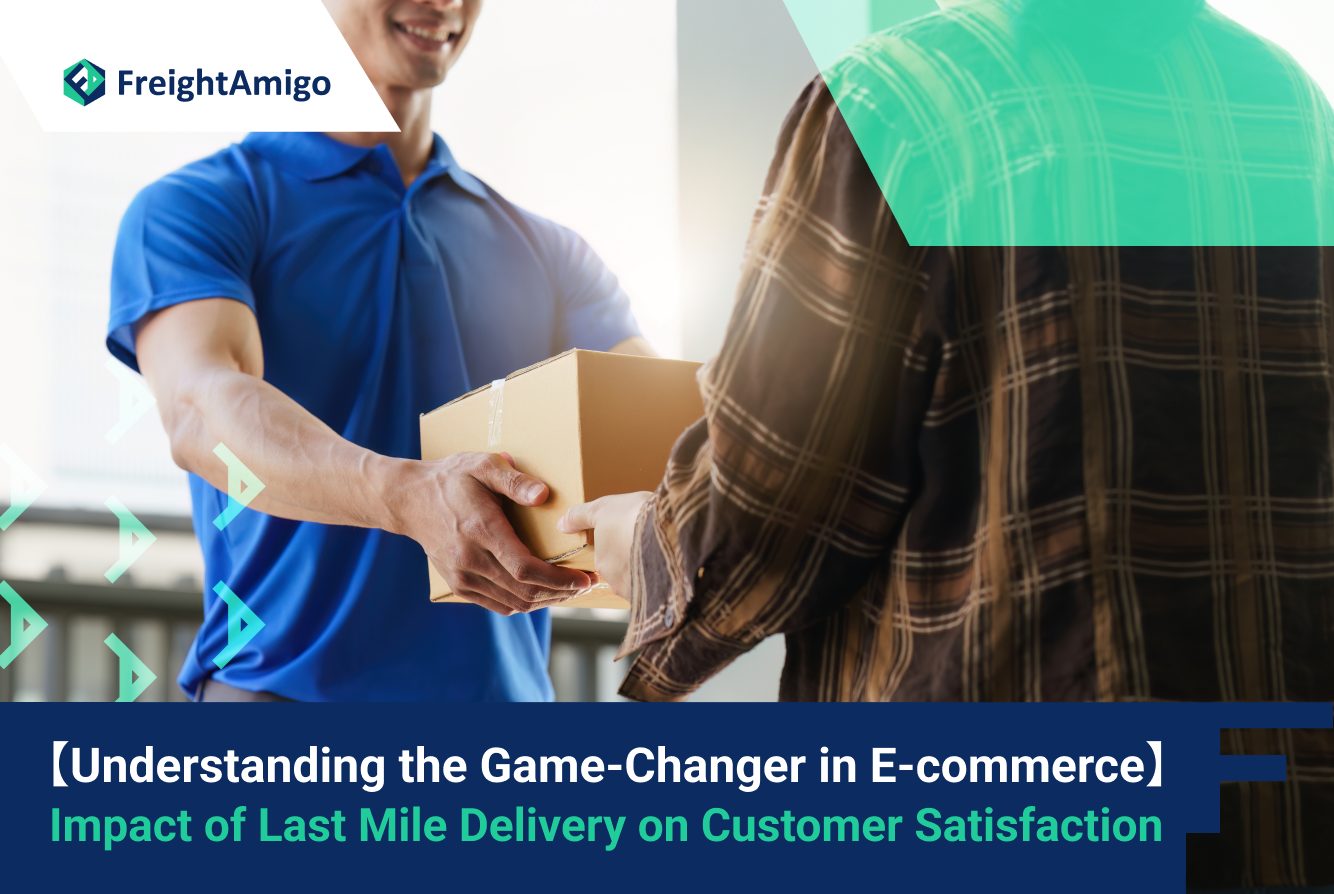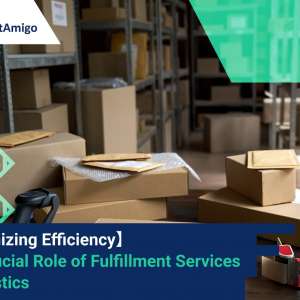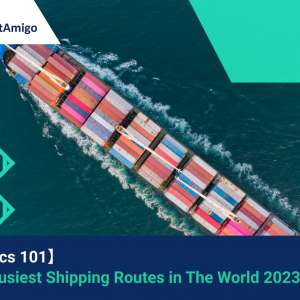Author Name: Tiffany Lee – Marketing Analyst at FreightAmigo
The rapid expansion of the e-commerce sector has significantly reshaped the logistics landscape, with last mile delivery emerging as a key player. Last mile delivery refers to the final step in the delivery process when a product is transported from a hub to the customer’s doorstep. This final leg of the journey, although seemingly straightforward, poses several challenges that often impact customer satisfaction.
The prominence of last mile delivery has grown exponentially in the digital era. Businesses are no longer competing solely on product quality or price; instead, efficient and prompt delivery has become a decisive factor in attracting and retaining customers. Consequently, understanding and mastering the last mile delivery process can offer a competitive edge in the highly contested e-commerce market.
Despite the critical role that last mile delivery plays, it remains one of the most complex and costly aspects of the supply chain. Its importance is often underestimated, leading to suboptimal performance and customer dissatisfaction. Therefore, a deeper understanding of last mile delivery is essential for businesses to enhance their service offering and improve customer satisfaction.
Want to compare the best Express, Air Freight, Sea Freight, Rail Freight & Trucking rates so as to have better control on cost?
What is Last Mile Delivery?
Last mile delivery is the final stage of the supply chain, where goods are transported from a distribution center or warehouse to the end customer’s location. This stage is pivotal as it directly impacts customer satisfaction and influences their buying decision. The speed, accuracy, and condition of the delivery can either enhance or tarnish the customer’s shopping experience.
In the context of e-commerce, last mile delivery is not just about delivering goods; it is about delivering satisfaction. Any mistake or delay in this stage can lead to customer dissatisfaction, negative reviews, and potential loss of business. Hence, e-commerce companies are investing heavily in optimizing their last mile delivery services to ensure a seamless shopping experience for their customers.
While last mile delivery is integral to e-commerce, it is also the most challenging and expensive part of the supply chain. It involves dealing with traffic, varying delivery locations, and customer availability, among other factors, making it a complex process to manage and optimize.
The Last Mile Problem in E-commerce
The last mile problem in e-commerce refers to the difficulties encountered in the final delivery stage. The main challenges include high costs, logistical issues, and time constraints, which often lead to delays and poor customer experience. According to a report by Business Insider, last mile delivery costs account for more than 50% of overall shipping costs, making it a significant burden for e-commerce companies.
Despite technological advancements, the last mile problem remains a major headache for e-commerce businesses. One of the key reasons is the unpredictability associated with this stage. The delivery location can vary from densely populated urban areas to remote rural locations, each presenting unique challenges. Furthermore, customer availability and preferences can also complicate the delivery process.
To add to the complexity, the rising customer expectations for fast, free, and flexible deliveries have further intensified the last mile problem. As a result, e-commerce companies are under tremendous pressure to streamline their last mile operations and deliver an exceptional customer experience.
The Role of Last Mile Logistics in E-commerce
Last mile logistics is a critical component of e-commerce, directly influencing customer satisfaction and loyalty. It encompasses all operations involved in the transportation of goods from a distribution center to the end customer. This includes route planning, order tracking, and delivery confirmation, among other tasks.
In e-commerce, last mile logistics is often the differentiating factor that sets a company apart from its competitors. With customers demanding faster and more reliable deliveries, businesses are compelled to optimize their last mile logistics to meet these expectations. This involves leveraging technology, implementing innovative delivery methods, and prioritizing customer-centric approaches.
Furthermore, last mile logistics plays a vital role in shaping the customer’s perception of a brand. A smooth and efficient delivery process can leave a positive impression, leading to repeat purchases and brand loyalty. On the other hand, a poor delivery experience can deter customers from future purchases, causing significant damage to the brand’s reputation.
The Impact of Last Mile Delivery on Customer Satisfaction
The impact of last mile delivery on customer satisfaction cannot be overstated. It is the final touchpoint between the customer and the brand, and hence, has a profound influence on the customer’s overall shopping experience. A successful last mile delivery leaves the customer satisfied, encouraging them to make repeat purchases and recommend the brand to others.
Conversely, a poor last mile delivery experience can lead to customer dissatisfaction and churn. Delays, damaged goods, or lack of communication can leave customers feeling frustrated and disappointed, impacting their purchase decisions in the future. Thus, mastering last mile delivery is essential for e-commerce businesses to enhance customer satisfaction and foster long-term relationships.
The advent of technology has further heightened the importance of last mile delivery in driving customer satisfaction. With real-time tracking, flexible delivery options, and personalized communication, businesses can significantly improve the delivery experience, leading to higher customer satisfaction levels.
The Game-Changer: How Last Mile Delivery is Transforming E-commerce
Last mile delivery is undoubtedly transforming the e-commerce landscape. By enabling faster and more efficient deliveries, it is not only enhancing customer satisfaction but also giving businesses a competitive edge. Companies that have optimized their last mile delivery operations have reported increased customer loyalty, higher sales, and improved profitability.
The rise of technology has played a significant role in this transformation. Advanced logistics software, AI-powered route optimization, and real-time tracking have made last mile delivery more predictable and efficient. Furthermore, innovative delivery methods such as drones, autonomous vehicles, and locker pickups are revolutionizing the way goods are delivered, leading to a better customer experience.
Moreover, last mile delivery is paving the way for new business models in e-commerce. Same-day delivery, on-demand delivery, and subscription-based delivery services are gaining popularity, driven by the evolving customer expectations and advancements in last mile delivery.
Overcoming Challenges in Last Mile Delivery
Overcoming challenges in last mile delivery requires a strategic approach that combines technology, innovation, and customer-centric practices. Implementing advanced logistics software can help in route optimization, reducing delivery time, and costs. Similarly, leveraging data analytics can provide valuable insights into customer preferences, enabling personalized delivery experiences.
Investing in innovative delivery methods such as drones or autonomous vehicles can also help in addressing the last mile problem. These technologies can expedite deliveries and overcome geographic barriers, offering a viable solution for remote or difficult-to-reach areas.
Furthermore, fostering a customer-centric culture is essential in overcoming last mile delivery challenges. This involves keeping the customer informed at every stage of the delivery process, providing flexible delivery options, and promptly addressing any issues or complaints.
Conclusion: The Future of Last Mile Delivery in E-commerce
The future of last mile delivery in e-commerce looks promising, driven by technological advancements and evolving customer expectations. With AI, machine learning, and other innovative technologies gaining momentum, last mile delivery is set to become faster, smarter, and more efficient.
While the challenges of last mile delivery are significant, they also present opportunities for businesses to innovate and differentiate themselves. Companies that can effectively harness the power of last mile delivery stand to gain a competitive edge, enhance customer satisfaction, and drive business growth.
In conclusion, last mile delivery is a game-changer in e-commerce, with a profound impact on customer satisfaction. By understanding its nuances and addressing its challenges, businesses can significantly improve their delivery operations, leading to a superior shopping experience for their customers.
There are different options for cargo transportation. If you want to choose the most convenient and suitable solution, it is best to have the full support of logistics experts! If you are planning to ship goods overseas, please go to the FreightAmigo page for inquiries.
===
Read More:
【Mastering International Trade】 A Comprehensive Guide on DDP and DAP
【Inventory Control】 Enhancing Efficiency and Cost Management
【Logistics 101】What is Supplier Management Process and its Benefits
===
If you have any inquiries on logistics/supply chain, feel free to contact FreightAmigo now:
Chat with us online OR
Phone : +852 28121686
WhatsApp: +852 27467829










































